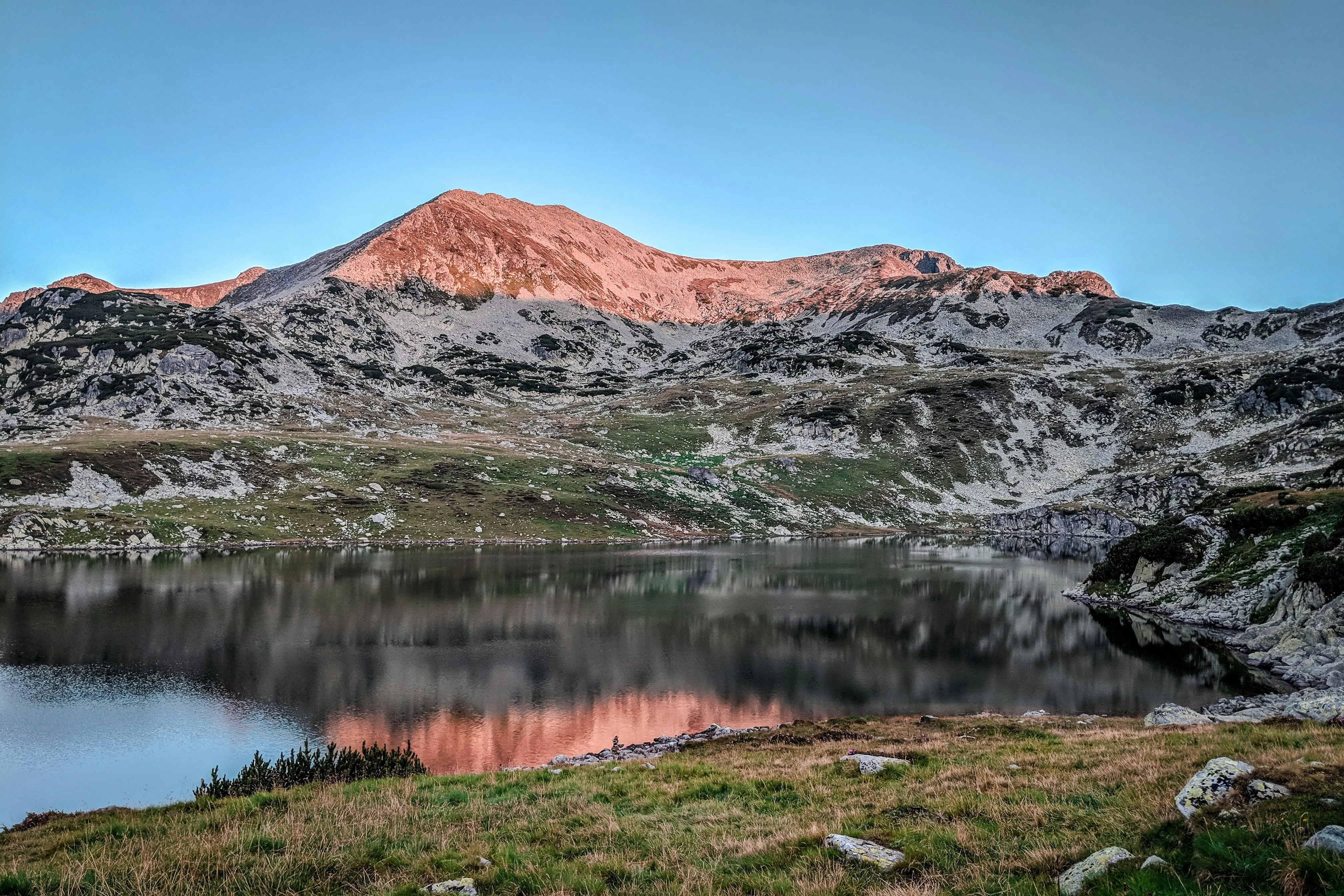Last updated: 15.04.2025
Reading time:
3
Minutes
The Retezat National Park is Romania's first nature reserve and home to one of the few primeval forests in Europe. The Retezat massif is also part of it and, as an important ecoregion, plays a crucial role in biodiversity. The national park and the entire mountain range are protected. There are also two other protected areas within the park: the scientific reserve of Gemenele (The Twins) and the Zeicului Cave Nature Reserve.
To enter the national park, you need a ticket. These can be purchased at the visitor centers in Nucșoara and Ostrovel (at the entrance to Râu de Mori), at the Cascada Hut, and at the entrance to Gura Apei. They are also available at the Pietrele Information Center, at the Buta Mountain Rescue Station, or from the on-duty APNR staff in the park.
The Land of Blue Eyes
The Retezat massif is also known as "the Land of Blue Eyes" due to the more than 80 lakes discovered throughout the park. The glacial lakes are stunning, and the rocky ridges reflect off their surfaces. The lakes are connected by various hiking trails of medium to high difficulty and are well signposted. You can take endless photos and find a new, beautiful scene around every corner.
Although all the lakes are incredibly beautiful and worth a visit, you should at least visit one of the following three: the largest glacial lake in the country, "Bucura"; the deepest glacial lake, "Zănoaga"; and the glacial lake at the highest altitude in Romania, "Tăul Porții".

Flora and Fauna
More than a third of Romania's flora can be found in the Retezat Mountains. A large part of the Retezat forests remains untouched. Many plant and animal species exist only here, such as 9 subspecies of butterflies.
A diverse alpine flora is found in the high-altitude meadows. Various types of forests exist here, especially beech, spruce, and fir trees, with birch and rowan as pioneer species. Pines are found at more subalpine altitudes.
The park hosts a bird sanctuary to preserve and protect the more than 120 different bird species.
A large part of the park is part of the UNESCO Biosphere Reserve. An additional 104.4 km² is a European wilderness reserve. The reserve has been awarded the European Diploma for Protected Areas by the Council of Europe. As these areas are protected from destructive human intervention, many of the animals that have become rare in Europe, such as brown bears, wolves, lynxes, red foxes, wildcats, and other wildlife, live here. In addition to the predators, you can also find red deer, roe deer, wild boars, capercaillies, and in higher altitudes, chamois and alpine marmots. The marmot population comes from a reintroduction project. The rivers are home to otters, brook trout, and water beetles, among others. Reptiles and amphibians also inhabit the national park, including the common viper and the alpine newt.
Hiking
The marked hiking trails in the Retezat National Park are highly diverse, with a total length of 516 km. You can set out on a hike even without a professional mountain guide.
Most routes last at least 3 hours, often 5 hours or more. For this reason, you should not overestimate yourself. The unpredictable weather and the large brown bear population can make hiking even more challenging. Therefore, stay on the official trails and camp only in designated camping areas. Camping prices vary depending on equipment. The Park Administration Center or the Tourist Information Center (at the corner of Strada Horea and Strada Florilor) are good starting points, as staff can provide helpful maps and route suggestions.
You should take care of your own equipment in advance, bringing sturdy shoes, enough drinking water, and the specific items needed for the routes you plan to take. Also, consider choosing a shorter route at the beginning to get familiar with the sometimes challenging terrain.
Getting There
The national park is located in the high mountains of the Southern Carpathians in western Romania. The best way to reach it is by private car or rental vehicle. By train, you can also get to the small town of Hațeg, located on the edge of the reserve, which connects to Cluj-Napoca. Public transport is very limited or nonexistent. If coming by car from the north, you can reach the national park via the E79 road from Deva or Hunedoara. Drive slowly through smaller towns and villages, as animals and people are often on the roads.
If you need to do some last-minute shopping before entering the park, Hațeg is a good starting point. Restaurants in the area are also quite popular.
If you plan to stay overnight in the park, you can camp, or you can stay in simple forest cabins or a guesthouse at the edge of the reserve. The beautiful landscapes more than make up for the simple accommodations.
Conclusion
The national park is definitely worth a visit. You can spend hours marveling at the incredibly diverse nature and wildlife, forgetting everyday life for a while. There are so many opportunities to take photos and admire the fascinating reflections in the lakes. With such beautiful and natural diversity, you'll be left in awe.
English



